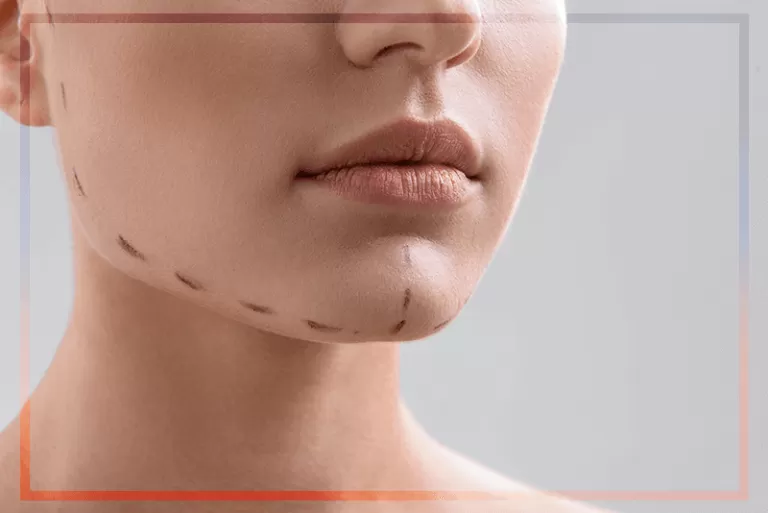


The most common deformities of the chin are volume deficiencies, chin size, jaw line indistinctness, asymmetry and sagging under the chin.
The patient may complain of a neck shape that is incompatible with the face, a weak chin, a large chin or sagging and wrinkled neck skin in the under-chin area called the jowl. Among the milder complaints, unclear jawline or dimple-like lines at the tip of the chin are among the most common aesthetic complaints.
A strong jaw shape and line symbolizes youth, vitality and attractiveness. Having a “strong and defined jawline” usually means having a defined mandibular border that runs straight from the mandibular angle to the chin point. A good jawbone structure can only be seen through a skin structure that is not layered or oily.
Filler injections are a plastic surgery method generally used to fill skin wrinkles or hollows in the facial area. It is also used to fill volume deficiencies in the face by plumping it up. When injected under the skin, filler injections plump and elevate this area. The effect of filler injection usually disappears within a certain period of time depending on the qualities of the product used.
Increased chin projection with the injection of filler materials can create a more ‘V’ shaped face shape. This can harmonize the proportions of the chin with other features of the face and improve the overall aesthetics of the face. For more detailed information about chin aesthetics, you can make an appointment with our Aesthetic, Plastic and Reconstructive Surgery Specialist Assoc. Dr. Güncel Öztürk.
Injection techniques are used in chin filling. Dermal fillers are used to correct the hollow appearance of the chin, to shape and structure the lower face. There are various types of fillers used in filler injection. These include hyaluronic acid, bovine collagen (an allergy test should be performed 4 weeks before treatment), fat cells (obtained from your own body, autologous fat), man-made biodegradable polymer, calcium hydroxylapatite, etc. The most important thing in filler injection is to use fillers approved by the Ministry of Health.
Anesthesia is not required for chin filling. However, if requested by the patient, your skin can be numbed with local anesthesia. In chin filling, the filling material is injected under the skin with small needles. The chin filler session takes about 15 minutes.
With the right treatment plan, a distinct jawline can be achieved, your structural features can be significantly sharpened, and the contours of your face and chin can be significantly improved.
Hereditary, i.e. familial characteristics have a significant impact on aesthetic features and surgery, fillers and liposuction techniques can be used to correct aesthetic defects in the chin. There is no single technique to increase the jawline for all patients. It also varies between surgical and non-surgical techniques. While surgical techniques offer permanent solutions, they require surgery, anesthesia and recovery time. Non-surgical techniques, namely fillers and liposuction techniques, offer fast and practical solutions, do not require recovery time, and are a much more attractive option, especially for people who are afraid of surgery and do not have enough time for recovery time. In addition, non-surgical techniques provide a preliminary trial period for patients who are considering undergoing a surgical operation.
A weak jaw line, a weak mandibular border and/or jaw shape, soft tissue laxity can be corrected with chin augmentation.




Copyright © 2026 Tüm Hakları Saklıdır.
SEO:
